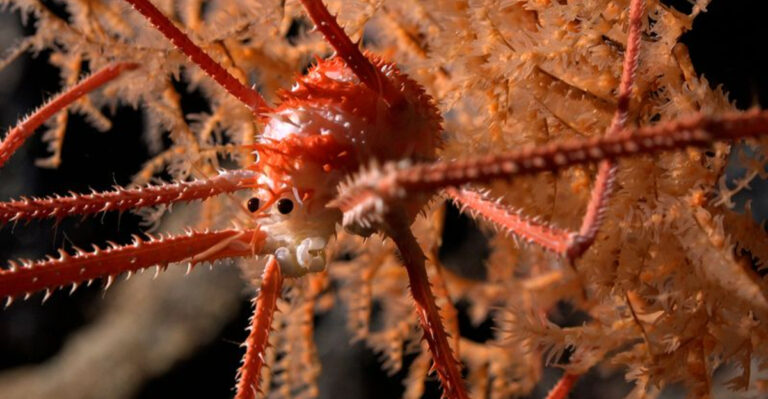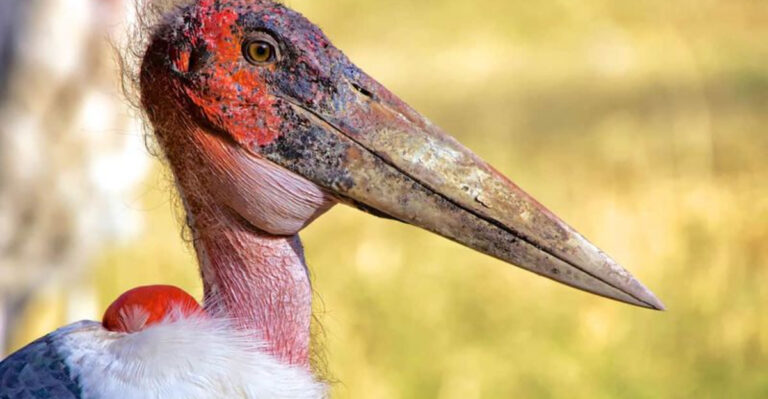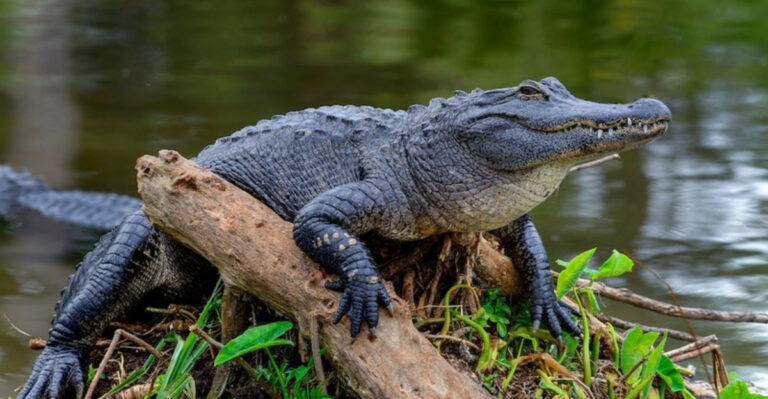15 Shark Species In U.S. Waters That Are Rarely Aggressive Toward Humans
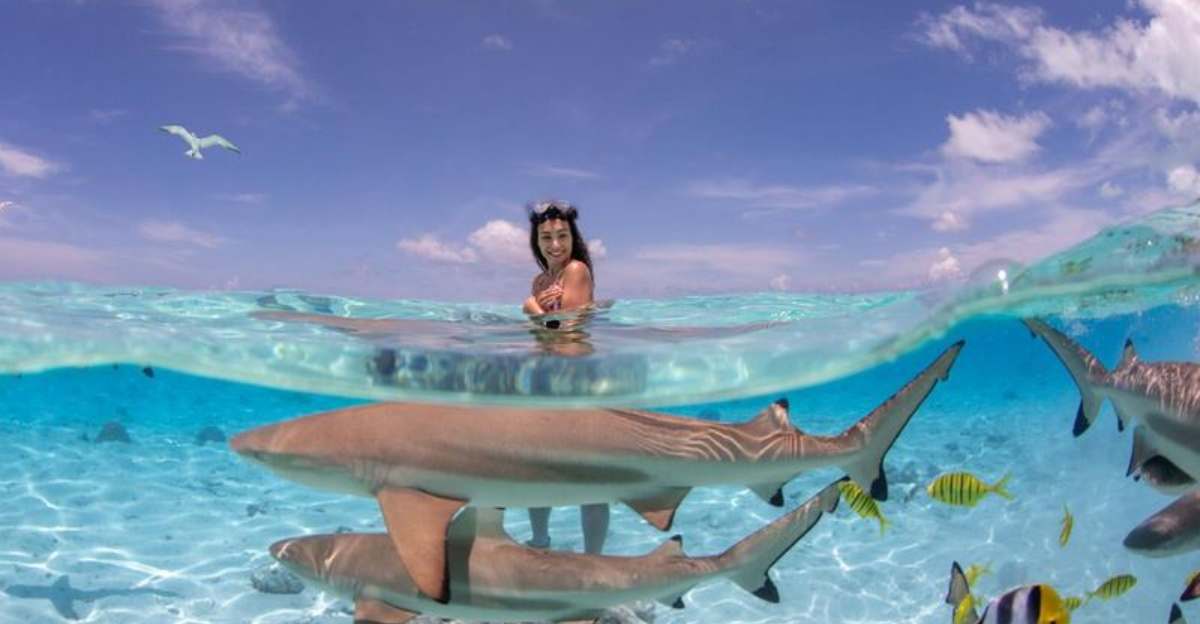
Sharks often get a bad reputation from movies and sensational news stories, but most species pose little threat to humans.
American waters are home to dozens of shark species that peacefully coexist with swimmers, divers, and beachgoers year after year.
Learning about these gentler sharks helps us appreciate these magnificent creatures for what they truly are – vital parts of healthy ocean ecosystems rather than mindless attackers.
1. Whale Shark: Ocean’s Gentle Giant

Despite being the largest fish in the sea, whale sharks are surprisingly timid around humans. These massive creatures can grow up to 40 feet long but feed almost exclusively on tiny plankton and small fish.
Their docile temperament makes them popular attractions for snorkelers in the Gulf of Mexico. With their distinctive polka-dot pattern and wide, flat heads, they’re easily recognizable.
Whale sharks move slowly through warm waters, filtering their microscopic meals through specialized gill rakers. Their mouths contain over 300 tiny teeth, but these aren’t used for biting – just another fascinating aspect of these peaceful ocean wanderers.
2. Basking Shark: The Peaceful Filter-Feeder

Swimming with its enormous mouth wide open, the basking shark might look intimidating at first glance. However, this colossal creature – the second-largest fish species – is completely harmless to humans.
Found along both U.S. coasts, especially in New England waters, basking sharks feed exclusively on zooplankton. They swim slowly near the surface with their cavernous mouths agape, filtering tiny organisms through specialized gill rakers.
Their name comes from their habit of “basking” in warmer surface waters. Though they can reach lengths of 30+ feet, these gentle giants show zero interest in humans beyond perhaps a curious glance as they continue their endless filtering.
3. Leopard Shark: California’s Spotted Beauty
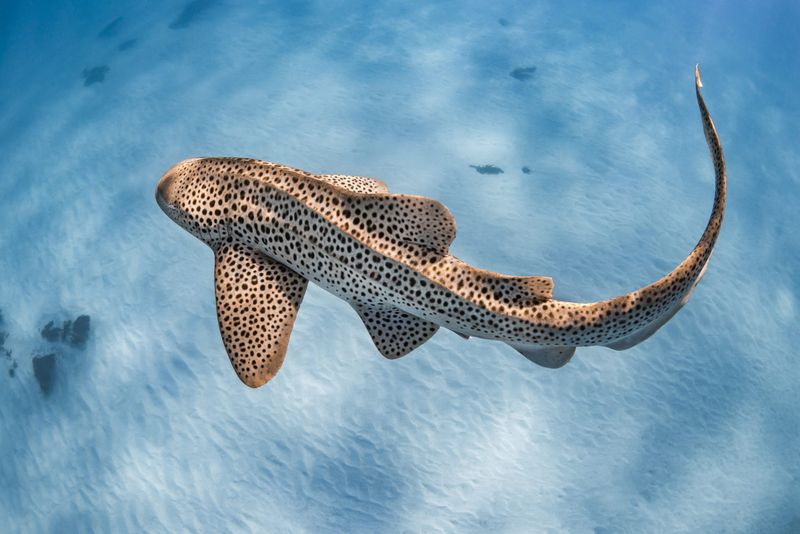
Recognizable by their striking pattern of dark saddles and spots, leopard sharks are common inhabitants of California’s shallow coastal waters. These gorgeous sharks typically grow 4-5 feet long and spend much of their time cruising sandy bottoms in search of crabs, clams, and small fish.
Beach-goers and divers frequently encounter these sharks without incident. Their calm demeanor and reluctance to approach humans make them perfect subjects for underwater photographers.
Female leopard sharks gather in huge numbers in La Jolla Cove each summer, creating a spectacular natural display. These social gatherings serve important reproductive purposes while offering wildlife enthusiasts a chance to observe these beautiful creatures safely.
4. Nurse Shark: The Sleepy Bottom-Dweller

Nurse sharks might be the laziest sharks you’ll ever meet. These tan or brownish sharks spend much of their day resting on the sandy ocean floor or hiding under ledges in Florida and Caribbean waters.
Growing up to 14 feet long but typically smaller, nurse sharks have rounded snouts and barbels (whisker-like sensory organs) that help them find buried prey. They use powerful suction to pull crustaceans and small fish from hiding spots.
Though generally unbothered by human presence, nurse sharks prefer to be left alone. Their docile nature makes them popular attractions for divers, but remember – while they’re not aggressive, they will defend themselves if grabbed or harassed.
5. Angel Shark: The Ocean Floor Master Of Disguise

Looking more like a ray than a typical shark, angel sharks are masters of camouflage. Their flattened bodies and sandy coloration allow them to disappear against the ocean floor, where they patiently wait for unsuspecting prey to swim overhead.
Found along California’s coast and in the Gulf of Mexico, these ambush predators can grow up to 5 feet long. Despite their powerful jaws designed for catching fish, angel sharks show virtually no interest in humans.
Unfortunately, their bottom-dwelling lifestyle makes them vulnerable to fishing nets and habitat destruction. Once common in Southern California waters, they’ve become increasingly rare, making a peaceful encounter with one of these unique sharks a special experience for divers.
6. Horn Shark: The Spiky Reef Dweller

With a face only a mother could love, horn sharks sport a blunt head, prominent ridges above their eyes, and spines in front of their dorsal fins. These small, stocky sharks – rarely exceeding 4 feet – are common residents of rocky reefs along California’s coast.
Night owls by nature, horn sharks rest in crevices during daylight hours and emerge after dark to hunt for sea urchins, crabs, and small fish. Their powerful jaws and flat, molar-like teeth easily crush hard-shelled prey.
Their limited swimming ability and small home ranges mean they pose virtually no threat to humans. In fact, these odd-looking sharks are so sedentary that divers can sometimes approach closely enough to observe them without causing alarm.
7. Thresher Shark: The Long-Tailed Hunter

Recognizable by their enormously long, scythe-like tail fins, thresher sharks are among the most distinctive sharks in U.S. waters. Found along both the Atlantic and Pacific coasts, these sleek predators use their impressive tails – which can make up nearly half their total length – as weapons to stun fish.
Threshers typically grow 8-14 feet long and prefer offshore waters where they hunt schooling fish. Unlike many sharks, they rarely approach shorelines where they might encounter swimmers.
Though powerful hunters, threshers are naturally shy around humans. Their timid nature, combined with their preference for deeper waters, means that negative interactions with people are extremely rare despite their formidable appearance.
8. Sixgill Shark: The Deep-Sea Ancient

Looking much like they did when dinosaurs roamed the Earth, sixgill sharks are living fossils. Unlike most modern sharks that have five gill slits, these primitive creatures sport six – hence their name.
These large, sluggish sharks typically inhabit deep waters off both U.S. coasts, particularly in underwater canyons. Growing up to 16 feet long, they have blunt snouts, fluorescent green eyes, and a single dorsal fin set far back on their bodies.
Sixgills rarely encounter humans due to their deep-water lifestyle. When they do meet divers in deeper coastal waters, they typically display curious but non-threatening behavior. Their slow metabolism and calm demeanor reflect their adaptation to the cold, food-scarce environment of the deep sea.
9. Blacktip Reef Shark: The Shallow Water Acrobat

Famous for their aerial hunting displays, blacktip reef sharks are among the most commonly seen sharks in shallow tropical waters. Their name comes from the distinctive black tips on their fins, especially noticeable on their first dorsal fin and tail.
These medium-sized sharks, typically 4-5 feet long, are common in the Florida Keys and Hawaii. They prefer shallow, inshore waters, including coral reefs, sandy flats, and even mangrove areas.
While blacktips may initially appear curious about swimmers, they’re generally timid and quick to retreat when approached. Their spectacular feeding behavior, which sometimes includes leaping completely out of the water while chasing fish, makes them favorites among wildlife watchers who observe from a respectful distance.
10. Bonnethead Shark: The Smallest Hammerhead

With their distinctive shovel-shaped heads, bonnethead sharks look like miniature versions of their larger hammerhead relatives. These small sharks rarely exceed 4 feet in length and have a uniquely rounded “bonnet” head shape that’s less pronounced than other hammerheads.
Common in shallow waters from North Carolina to the Gulf of Mexico, bonnetheads often travel in small groups. Surprisingly for a shark, their diet includes a significant amount of plant material – they’re the only known omnivorous shark species!
Their small size and specialized diet focusing on crustaceans and seagrass make them completely non-threatening to humans. Beachgoers often spot these sharks cruising parallel to shorelines without incident, as they search for crabs and shrimp in the shallows.
11. Salmon Shark: The Northern Pacific Speedster

Often mistaken for great whites due to their similar body shape, salmon sharks are powerful predators of the North Pacific. These sharks, which typically grow 6-8 feet long, are common in Alaskan waters where they pursue their favorite prey – Pacific salmon.
Unlike their infamous cousins, salmon sharks have virtually no history of aggression toward humans. Their remarkable adaptation to cold waters includes a specialized circulatory system that keeps their body temperature significantly warmer than the surrounding water.
Salmon sharks are incredibly fast swimmers, capable of bursts exceeding 50 mph when chasing prey. Despite their impressive speed and strength, these sharks focus entirely on fish and squid, showing no interest in people who venture into their chilly domain.
12. Lemon Shark: The Social Researcher’s Favorite

Named for their yellowish-brown coloration rather than their temperament, lemon sharks are among the most studied shark species. These substantial sharks, growing up to 10 feet long, are common in the warm coastal waters of Florida and the Gulf of Mexico.
Unlike the solitary lifestyle of many sharks, lemons often gather in social groups. Scientists have discovered they can even develop preferences for certain companions, showing a level of social complexity once thought impossible in sharks.
Their docile nature and tolerance of human presence make them ideal subjects for shark research. Many lemon sharks become accustomed to divers in popular dive sites, allowing for close observation without aggressive responses – they’re curious but cautious by nature.
13. Greenland Shark: The Arctic’s Ancient Mariner

Among the most extraordinary creatures in U.S. waters, Greenland sharks can live for centuries, possibly up to 500 years! These massive, slow-moving sharks inhabit deep, cold waters off Alaska and the northeastern U.S. coast.
Growing up to 24 feet long, Greenland sharks move through their frigid environment at a glacial pace of less than 1 mph. Their extremely slow metabolism and growth rate contribute to their incredible longevity – they don’t reach sexual maturity until around 150 years old!
Despite their imposing size, these arctic sharks show no aggression toward humans. In fact, they’re so slow-moving that divers brave enough to enter their freezing habitat can easily swim circles around them while they barely seem to notice.
14. Bamboo Shark: The Aquarium Favorite
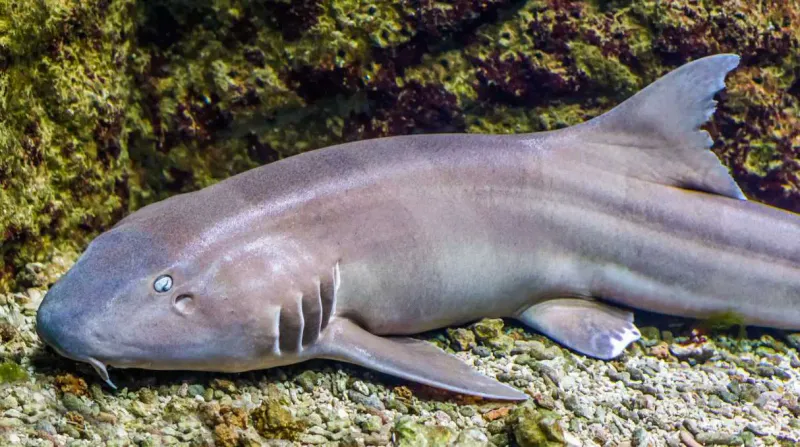
With their slender bodies and distinctive pattern of dark bands or spots, bamboo sharks look like they belong in a tropical aquarium, which is exactly where many Americans encounter them. These small, bottom-dwelling sharks rarely exceed 4 feet in length.
Though not native to U.S. waters, bamboo sharks are occasionally found in warmer parts of the Gulf of Mexico. They spend much of their time resting on sandy bottoms, using their muscular pectoral fins to “walk” across the seafloor in search of small invertebrates.
Their gentle temperament makes them popular in public aquariums and even home tanks for advanced hobbyists. These docile sharks show no aggression toward humans and often allow gentle handling – a trait that unfortunately makes them vulnerable to overfishing in parts of their range.
15. Blue Shark: The Open Ocean Wanderer

Sleek and strikingly beautiful, blue sharks are perhaps the most graceful sharks in U.S. waters. Their deep indigo-blue upper bodies and stark white undersides create perfect camouflage in the open ocean – blue from above, invisible from below.
These sharks are true ocean nomads, traveling thousands of miles each year through Atlantic and Pacific waters. Growing up to 12 feet long, blue sharks have long, slender bodies and large eyes that reflect their intelligent nature.
Despite their size and impressive teeth, blues rarely show interest in humans. Divers who encounter them in offshore waters describe their behavior as cautious but curious. They may circle divers briefly before continuing on their endless migrations, more interested in the squid and fish that make up their natural diet.

